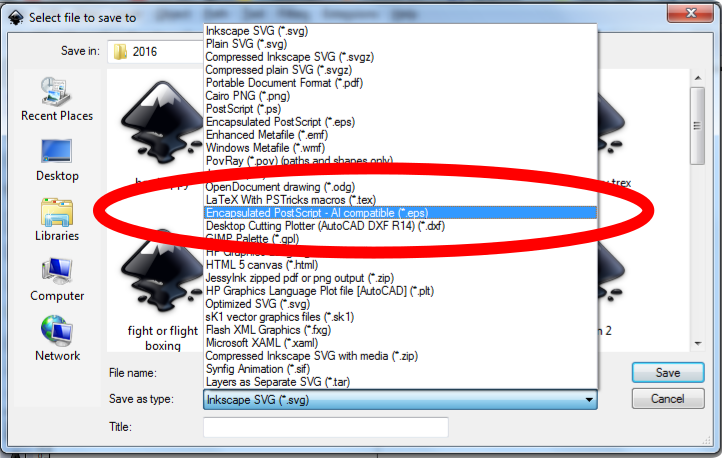



Your best tracing will come from black lines and shapes on a white background. So again, make sure you have it just how you want it before you convert it, and tuck a pre-conversion copy away in case you decide later that you want a different size or style of stroke.Įven though Trace Bitmap specifies a bitmap, you can use any raster image – BMP, JPG, PNG, GIF. When you apply Stroke to Path, you turn that stroke into a fully editable set of points and lines. You can use the Fill and Stroke window (Object > Fill and Stroke) to change the color or width of a stroke around any shape you can even change it from a solid stroke to a dotted or dashed line.īut while it’s editable as a stroke, it isn’t a true vector object. When you put a stroke around an object, it has the same kind of editable flexibility that typed text does. You can resize, change fonts, fix spelling, all that good stuff.īut once you want to manipulate those letters, you’ll want them in true vector format so you can really mess with the points and lines.Īnd remember, it’s always a good idea to make a copy of your text before you start to mess with it. I most frequently use it on text – when you type it out, it can be manipulated as a font. This takes an object and transforms it into a vector shape made up of points and lines. So let’s take a look at the Inkscape equivalents, so you don’t have to go through the years of workarounds that I did.įirst in the list is Object to Path. Everything in there is super handy, and I use these things all the time. These days, however, I keep that Pathfinder window in one of the cherished spots in my most-used-items toolbar.

I didn’t understand them, I never knew which one to pick, and I found other ways to achieve the results I wanted. And I’ll readily admit here, I didn’t use Illustrator’s Pathfinder options for years. So today we’re going to go through the menu to take a look at what everything does.Ĭoming to Inkscape as someone who’s been using Illustrator for over a decade, a lot of the features are quite similar. The Path menu contains a ton of really, really handy features and functions when it comes to manipulating your fonts and other shapes and objects.
INKSCAPE VECTOR PATH ISNT CLOSED FULL
The stroke is the border of a shape hence only a property of the shape.Since I’m digging deeper into learning Inkscape so that I can share some how-to posts with you all, I figured I’d take a walk through the menu I’m sending you to the most – especially because it’s often full of the most confusing things. I was under the impression that every vector object was necessarily defined by a path with nodes and anchor points. I believe the object, like the basic shapes, are vector objects while the path is not.or am I wrong?Ī shape can have a fill and a stroke and can be converted into a path but not vice versa, correct? So a shape does not automatically have a path.that is why we need to Object to path to convert a shape to a path. So shapes and paths are different things, correct? But are they both shapes and paths vector objects? I don't think so. That object has some initial nodes (4?) that we can grab and pull to scale the object but we cannot modify the object's shape unless we convert the object to path. A basic shape (rectangle, circle, etc.) can be directly created in Inkscape using the side menu. I am new to the forum and I have a few basic questions and some confusion:


 0 kommentar(er)
0 kommentar(er)
